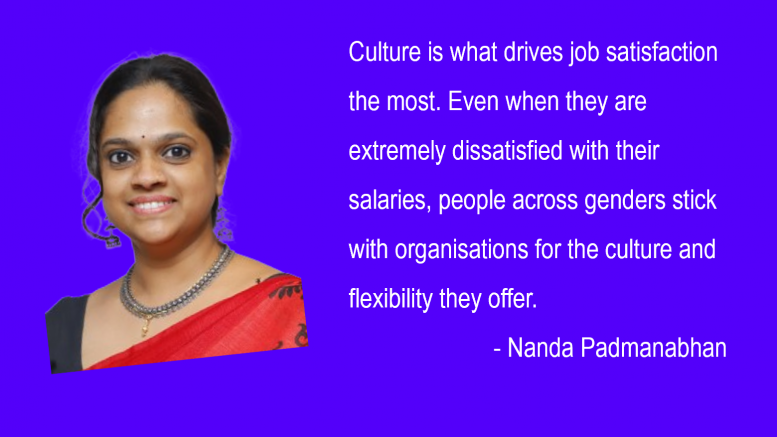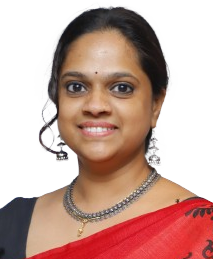In a historic first, Indian Communicators Group (ICG) released a detailed study of the compensation trends for in-house Communications roles across India. The ICG Salary Survey 2024, compiled based on responses from 700 in-house communications professionals, threw up some interesting results. Some of these reinforced anecdotal evidence and conventional wisdom: salaries varied sharply within the same experience bands, those who earned higher salaries were more satisfied with their remuneration, and if you started at a low base, chances are that it would remain on the lower side of the scale.
Through the gendered looking glass
It was a mixed bag of results when these responses were analysed taking the gender of the respondents into consideration. While salaries for both men and women vary, women, especially those who are new to the workforce, are paid the lowest. Roughly 27% of the women respondents drew a salary of less than Rs.20L. Compared to this, only 15.7% of men drew a salary below Rs.20L. The median salary for women in their first 10 years of employment remains lower than that of men, though it begins to match that of men post that. At very high experience levels, it even exceeds that of men.
Missing in action
However, few women reach that point. In the first 10 years, close to 70% of communications professionals are women. Once salaries begin to increase, women begin to drop off. Only 54% of communications professionals with 20+ years of experience are women. And if you look at very senior professionals, only 43% of them are women. One way to look at this is that the time women begin to demand pay parity is also the time their numbers in the workforce begin to dwindle.
Leading the charge
Salary is not the glass ceiling that women professionals need to break. Of course, number of years in the workforce is not necessarily condition for being a function head, however, considering the salary distribution at 25+ years’ experience, it is a reasonable assumption to make. However, only 72% women lead Communications function reporting to the CEO or Strategy Head compared to 85% men. Broadly, the fact remains that women are seriously outnumbered in the space of a 30-year-long career. From being nearly 3 out of 4 Communications people at the beginning of their career, not 1 out of 2 senior Communications folks are women and fewer of them are function heads.
In the driver’s seat
Things become more complex when you consider job satisfaction. Culture is what drives job satisfaction the most. Even when they are extremely dissatisfied with their salaries, people across genders stick with organisations for the culture and flexibility they offer. However, 67% women rank culture important for job satisfaction compared to 60% men, and only 47% men demand flexibility at work compared to 58% women. While there may be several social factors underlining these choices, the fact remains that while everyone benefits from a healthy work culture and flexible work environment, women continue to be the drivers of culture and flexibility at the workplace rather disproportionately.
Silver linings
Despite all these constraints, the situation of women professions is promising. While pay parity is not a reality yet, it is not entirely a dream. Data shows that women in Communications apply their negotiation skills to build their own career path. They understand their worth well and are not afraid to ask for what they deserve. Most important, instead of the perceived kicking down of the ladder, women professionals do tend to have each other’s backs as mentors and networks. In the absence of such a culture, the pay disparity may have been perpetuated consistently, the conversations may have been absent, and change would have been a distant dream. While there is a distance to travel, women in communications have shown themselves more than capable, determined, and efficient to chart their paths individually and collectively and the results are there for all to see.
The views and opinions published here belong to the author and do not necessarily reflect the views and opinions of the publisher.



Be the first to comment on "Echoes of Equality: The Journey of Women in Communications"